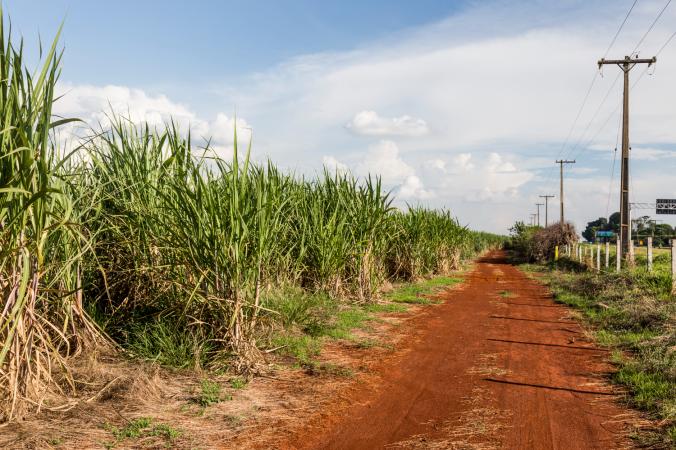Market Research: Carbon Fiber Market Value to Rise to $6.82 Billion by 2030
According to a market report by MarketsandMarkets, the market value of carbon fibers is predicted to rise from $4.82 billion in 2025 to $6.82 billion by 2030, with a growth rate of 7.2% between 2025 and 2030.
The carbon fiber market is growing mainly due to the increasing demand for lightweight materials in high-performance applications, the development of manufacturing processes, and increased investment in infrastructure projects. The widespread use of lightweight, high-performance materials is driving the demand for carbon fiber in various end-use industries to improve efficiency, performance, and sustainability.
For example, growing concerns about sustainability are driving the demand for carbon fiber in electric vehicles. Some high-end car manufacturers, such as Tesla, BMW, and Audi, use carbon fiber in the manufacture of car components to enhance the performance of their electric vehicles.
In addition, advances in manufacturing techniques and lower costs are making carbon fiber more accessible to a wide range of industries, further driving market growth.
The industry is seeking lightweight and strong materials to improve fuel efficiency and performance, making carbon fiber an increasingly attractive option. Additionally, advances in manufacturing technology have helped reduce production costs, making carbon fiber more accessible for a broader range of applications. Government regulations promoting sustainable development and reducing carbon dioxide emissions are driving market growth, particularly in wind energy and electric vehicles. As technology advances and production increases, the carbon fiber market is expected to grow significantly in the coming years.
Increased Use in the Wind Energy Industry
The growing demand for carbon fiber in the wind energy industry is one of the key factors driving market growth. Wind turbine blades are critical components of wind power plants, and carbon fibers are widely used in the structural spar caps of long wind turbine blades. Carbon fiber and carbon fiber composites are used in manufacturing wind turbine blades because they reduce the weight of the turbine blade, which allows for longer blades and greater electricity generation.
Carbon fibers offer the best combination of stiffness, strength, and weight, which helps manufacturers produce larger blades and thereby generate more energy. Thanks to its corrosion resistance, carbon fiber has enabled the wind energy industry to expand by allowing wind turbines to operate in even the harshest conditions.
The use of carbon fiber reduces overall weight, optimizes the stiffness-to-weight ratio in longer blades, and increases blade stiffness, preventing the tower from hitting the blades during sudden gusts of wind. Reducing the weight of wind turbine blades is essential to minimize the cyclic compression caused by the turbine blades.










